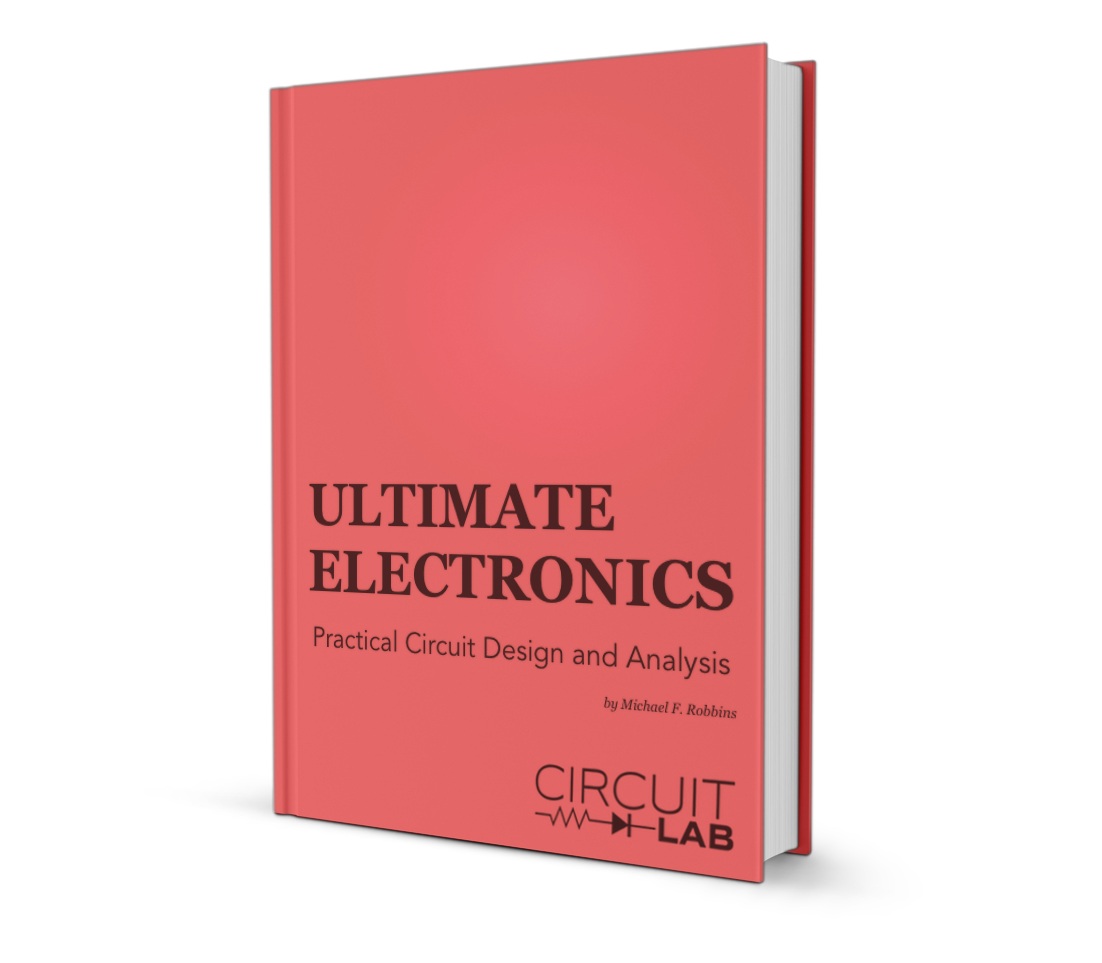Power Electronics Circuit Simulation Software Power electronic simulation software, PSIM & SmartCtrl, for design and Even without prior experience with CAD software.
Electronic circuit simulation uses mathematical models to replicate the behavior of an actual electronic device or circuit. Simulation software allows for modeling of circuit operation and is an invaluable analysis tool. Due to its highly accurate modeling capability, many and use this type of software for the teaching of and programs. Electronics simulation software engages the user by integrating them into the learning experience. These kinds of interactions actively engage learners to analyze,, organize, and evaluate content and result in learners constructing their own knowledge. Simulating a circuit’s behavior before actually building it can greatly improve design efficiency by making faulty designs known as such, and providing insight into the behavior of electronics circuit designs. In particular, for, the tooling () is expensive, are impractical, and probing the behavior of internal signals is extremely difficult.


Therefore, almost all relies heavily on simulation. The most well known analog simulator is. Probably the best known digital simulators are those based on and.
Some electronics simulators integrate a, a simulation engine, and on-screen display (see Figure 1), allowing designers to rapidly modify a simulated circuit and see what effect the changes have on the output. They also typically contain extensive model and device libraries. Radical Face The Family Tree The Roots. These models typically include IC specific such as BSIM, generic components such as,, and, user defined models (such as controlled current and voltage sources, or models in or ). (PCB) design requires specific models as well, such as for the traces and models for driving and receiving electronics.
Contents • • • • • Types [ ] While there are strictly electronics circuit simulators, popular simulators often include both analog and event-driven digital simulation capabilities, and are known as mixed-mode simulators. This means that any simulation may contain components that are analog, event driven (digital or sampled-data), or a combination of both. An entire mixed can be driven from one integrated schematic. All the digital models in mixed-mode simulators provide accurate specification of propagation time and rise/fall time delays. The event driven provided by mixed-mode simulators is general purpose and supports non-digital types of data. For example, elements can use real or integer values to simulate DSP functions or sampled data filters. Because the event driven algorithm is faster than the standard SPICE matrix solution, simulation time is greatly reduced for circuits that use event driven models in place of analog models.